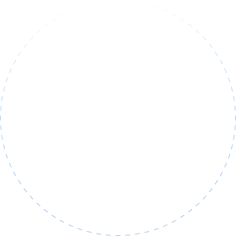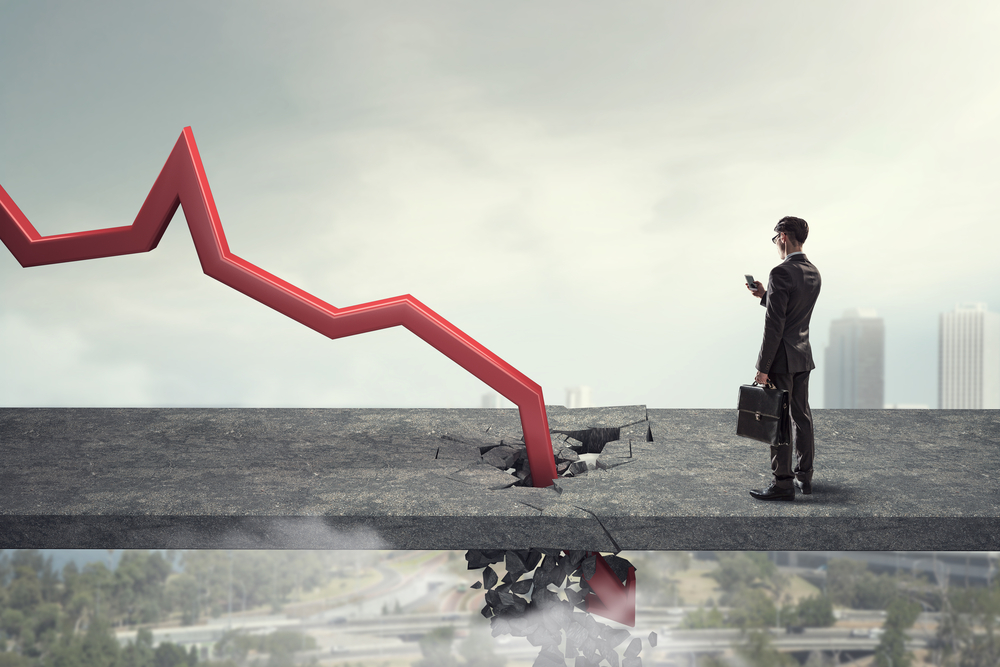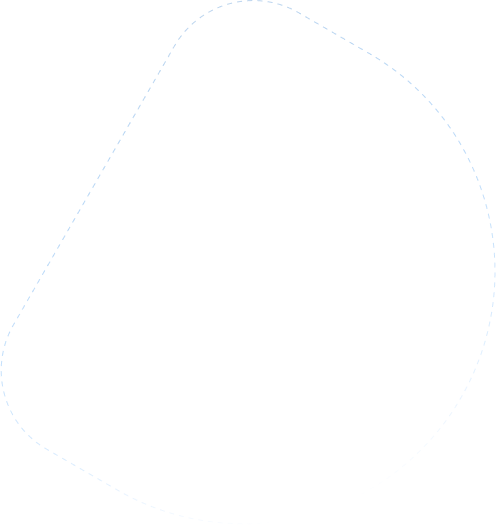When people are considering filing bankruptcy in Arizona, they are generally going to have two options: Chapter 7 or Chapter 13. These are the sections of the United States Bankruptcy Code governing how the cases will be handled, and there are significant differences between Chapter 7 and Chapter 13 cases.
Chapter 7 is a liquidation bankruptcy in which a person must sell some or all of their property to pay off their debts. Chapter 13 is a reorganization bankruptcy in which a person can keep their property if they can complete a court-mandated repayment plan of three to five years.
Major Differences Between Chapter 7 and Chapter 13
Some of the big differences between Chapter 7 and Chapter 13 include the following:
- Chapter 7 is liquidation, Chapter 13 is a reorganization
- Individuals and business entities can file for Chapter 7, but only individuals can file for Chapter 13
- Disposable needs to be low enough to pass a Chapter 7 means test, and a person cannot have more than $419,275 of unsecured debt or $1,257,850 of secured debt when filing for Chapter 13
- A Chapter 7 discharge can be achieved in less than six months while Chapter 13 takes three to five years to complete
- A trustee can sell all nonexempt property to pay creditors in Chapter 7, but debtors generally keep all of their property although they may have to pay unsecured creditors an amount equal to value of nonexempt assets in Chapter 13
- Chapter 7 will not allow for removing unsecured junior liens from the real property through lien stripping but Chapter 13 does allow this
- Chapter 7 will not allow for reducing the principal loan balance on secured debts through a loan cramdown but Chapter 13 does
Debts Discharged in Bankruptcy
In both Chapter 7 and Chapter 13 cases, a person’s unsecured debts will be discharged so people will not have to pay them. Unsecured debts are usually discharged in Chapter 7 cases in a matter of months, but Chapter 13 requires people to make payments on those balances throughout a court-instructed repayment plan and the unsecured debts are discharged at the end.
Certain debts may not be discharged by either Chapter 7 or Chapter 13 bankruptcy, such as mortgages, tax debts, automobile loans, child support, alimony, and student loans. Certain secured loans could still be reduced in a Chapter 13 repayment plan.
A person could be able to secure a reduced balance on their auto loan based on a vehicle’s depreciated value in Chapter 13. In Chapter 7 cases, people can discharge secured debts such as car loans if they are willing to give up the property.
Impact on Credit
There is no getting around the fact that filing for bankruptcy can have a damaging effect on a person’s credit record. Chapter 7 bankruptcy will remain on a person’s credit report for up to 10 years, while Chapter 13 remains for up to seven years.
Many people who file for bankruptcy will be overwhelmed with offers for credit cards, and it can be wise for people to seek new lines of credit to demonstrate that they can make payments on time. It is important for people to be very smart about opening new lines of credit, as they certainly do not want to end up back in the same situation they were just trying to escape from.
People should generally stick to a budget and begin amassing an emergency fund for possible future needs. People should constantly check their credit reports and monitor their credit scores.
Co-signers on certain loans can also be a good idea. Another option could be being added as an authorized user on a friend or family member’s card, meaning a person could get a credit card in their name that is connected to somebody else’s account.
Applying for Bankruptcy
Filing for bankruptcy is going to cost some money, with filing fees generally being $338 for Chapter 7 cases and $313 for Chapter 13 cases. There is also a $78 administrative fee and $15 trustee surcharge for Chapter 7 cases, but Chapter 13 filers only pay the administrative fee.
People in Chapter 7 cases can ask a court for a fee waiver by completing Official Form 103B: Application to Have the Chapter 7 Filing Fee Waived. A person will need to prove that they cannot afford to pay fees and their income is less than 150 percent of the federal poverty guidelines, but people who do not qualify for a fee waiver can still pay fees in four installments.
In addition to fees, there are many different kinds of documents a person is going to have to present in a bankruptcy case, and it can be incredibly chaotic for the average person to try and keep all of the required needs straight. You will want to retain legal counsel because even one error in a case could lead to a setback that creates many additional months of work.
All people who are considering Chapter 7 or Chapter 13 bankruptcy will want to take the time to speak to an Arizona bankruptcy attorney about their case because the lawyer may be able to offer payment arrangements that allow people to pay their lawyers off over time. A skilled attorney will know how to navigate all of the complexities surrounding a bankruptcy filing and make everything as easy as possible.
Contact Our Arizona Bankruptcy Law Firm
Are you still struggling to determine whether Chapter 7 or Chapter 13 will be the best fit for your current financial needs when you file for bankruptcy? You should make sure that you speak to DebtBusters as soon as possible about your case because we help clients all over Arizona get the financial relief they need and deserve by working closely with them and helping them take all of the appropriate steps.
Our firm represents people for $0 down, so you have nothing to lose by discussing your case with us. Call (866) 223-4395 or contact us online to take advantage of a free consultation with our Arizona bankruptcy law firm.
Related Content: What Happens to Your House in Bankruptcy?







